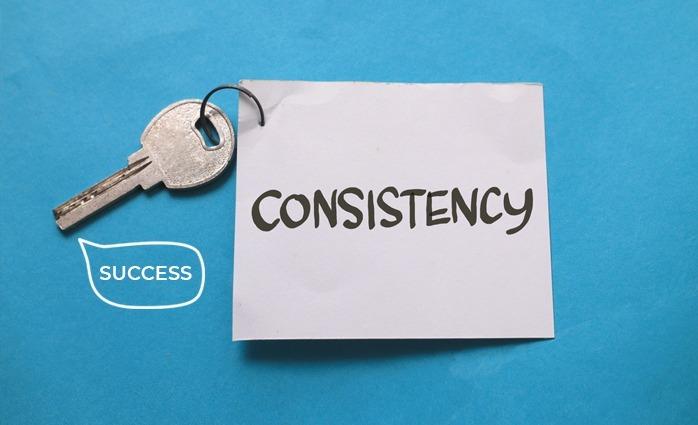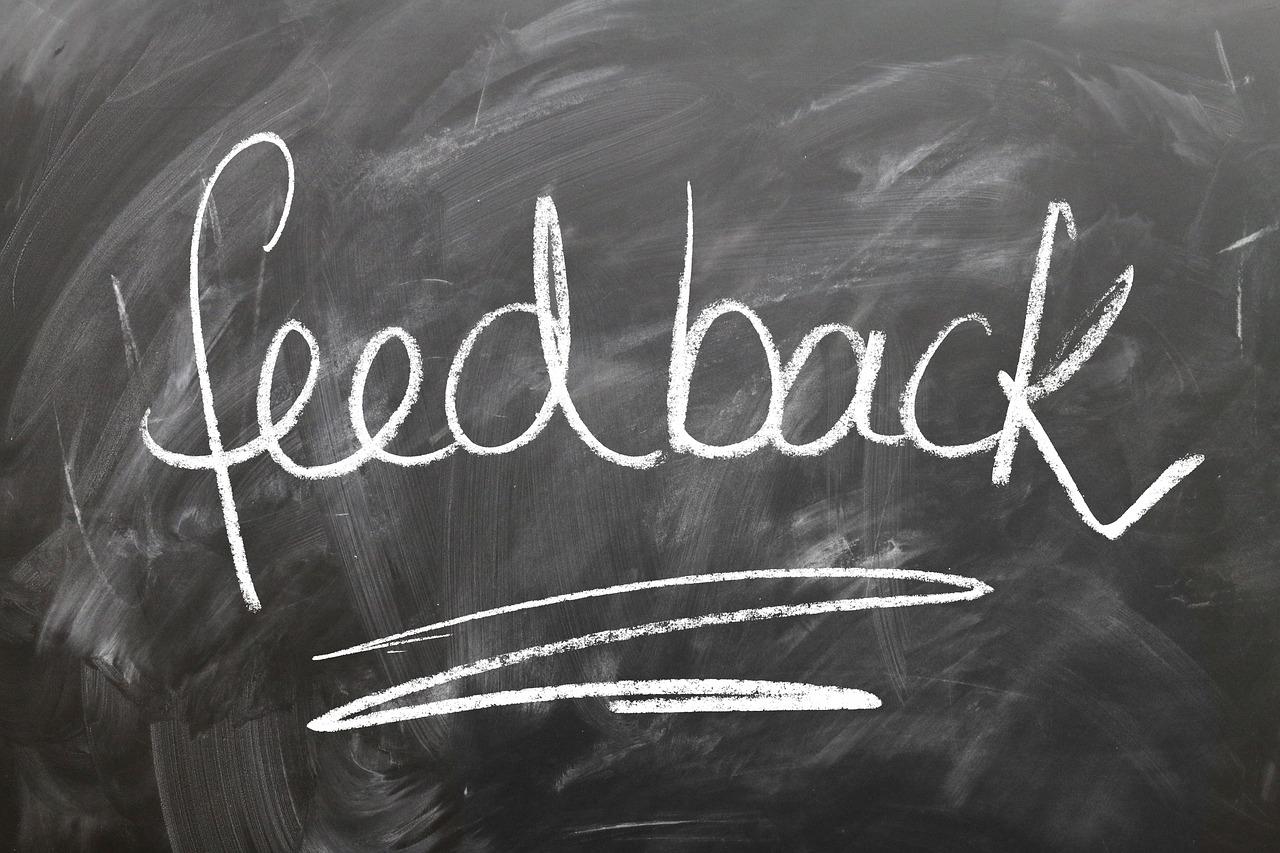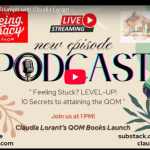Starting somthing new often feels like stepping into the unknown, full of excitement but also uncertainty. Looking back, there are a handful of lessons I stumbled upon that would have made the journey smoother and more rewarding. In this listicle, I’m sharing 5 tips that I wish I knew when I started-simple yet powerful insights that can save you time, reduce stress, and help you build a stronger foundation. Whether you’re embarking on a new project, career, or hobby, these nuggets of wisdom will equip you with practical guidance to navigate your path more confidently.
1) Embrace mistakes as learning opportunities rather than setbacks; every error is a step forward in gaining experience
In the journey of growth,mistakes are often the most underrated teachers. Instead of viewing them as roadblocks,consider each slip-up as a fresh plot twist in your personal story-an essential chapter that adds depth,flavor,and insight. When you shift your mindset this way, errors no longer carry the weight of failure but sparkle as treasures of knowledge waiting to be uncovered.
Think of your mistakes as a personal feedback loop, one that fine-tunes your skills without the need for external validation. Every time something doesn’t go as planned, there’s a hidden lesson wrapped inside, urging you to adapt, evolve, and improve. It’s a continuous cycle of trial and refinement where each error fuels your eventual success.
Benefits of Embracing Mistakes:
- Boosts resilience: Developing a thick skin against setbacks builds mental stamina for future challenges.
- Enhances problem-solving: Errors spark creativity in uncovering alternative solutions.
- Promotes self-awareness: Reflecting on mistakes clarifies your strengths and areas for growth.
Here’s a quick glance at how different reactions to mistakes can steer your growth trajectory:
| Reaction to Mistakes | Outcome |
|---|---|
| Ignoring the mistake | Stagnation and repeated errors |
| Feeling defeated | Low confidence and missed opportunities |
| Analyzing and adapting | personal growth and enhanced skills |
In essence, treating errors as stepping stones transforms setbacks into forward momentum. It empowers you to break free from perfection paralysis and embrace the beautifully imperfect nature of progress. Remember: every mistake you make enriches your experience bank-fueling your journey toward mastery,one insightful misstep at a time.

2) Consistency beats intensity-building habits through small, regular actions is more sustainable than sporadic bursts of effort
When you’re eager to see fast results, it’s tempting to go all in with overwhelming bursts of energy.yet, this intensity frequently enough fizzles out quickly, leaving you demotivated and burnt out. Rather, embracing a rhythm of steady, manageable habits creates a foundation that’s both reliable and long-lasting. Think of your goals as a garden: watering a little each day will flourish far better than flooding it once a month.
Small wins build momentum. By celebrating tiny victories-like completing a 5-minute workout or reading a single page-you reinforce positive behavior without pressure. These incremental steps accumulate, transforming into meaningful progress over time. It’s less about trying to sprint a marathon and more about consistently putting one foot in front of the other.
- Set daily reminders for micro-habits
- Track progress visually with habit trackers or journals
- Adjust goals to stay realistic and enjoyable
One powerful way to visualize this approach is through a simple comparison:
| Approach | Effort Level | Longevity | Results |
|---|---|---|---|
| Intensity bursts | High but short-lived | Low (prone to burnout) | Fast but unsustainable |
| Consistent actions | Low to moderate | High (easy to maintain) | Steady and lasting |
Remember, the magic lies not in grand gestures but in the faithful repetition of small, positive actions. Whether it’s waking up 10 minutes earlier, journaling every night, or simply drinking more water, these habits create an upward spiral that feeds motivation. Over time, what starts as a small ripple builds into a wave of transformative change.

3) Seek feedback early and often; diverse perspectives can reveal blind spots and accelerate growth in unexpected ways
When you start something new, it’s tempting to forge ahead alone, trusting onyl your instincts. But inviting a variety of viewpoints early on can illuminate blind spots that would or else go unnoticed. Different experiences and expertise act like a multi-faceted mirror, reflecting nuances you might miss if you rely solely on your perspective.
Don’t wait until you think your project is “perfect” to show it to others. Sharing early drafts or prototypes-even those that feel rough-can trigger valuable conversations. When the work is still fluid, feedback is easier to integrate, saving you time and headaches later. Plus, hearing a range of opinions can spark ideas that push your work into unexpected, fruitful directions.
Here’s a quick checklist to help you seek and use feedback effectively:
- Ask specific questions: General ”Does this work?” is less effective than targeted queries like “Does this solve your problem?”
- Invite diversity: reach out beyond your usual circle-collaborators, mentors, clients, and even strangers.
- Welcome criticism: Don’t just hunt for praise; constructive criticism is gold.
- Regular intervals: Make feedback a repetitive habit, not a one-time event.
- Express gratitude: Gratitude encourages ongoing dialog and goodwill.
To visualize how diverse feedback enhances growth, consider this table showing typical outcomes based on feedback frequency and diversity:
| Feedback Frequency | Diversity of Perspectives | Impact on Growth |
|---|---|---|
| Rare | Limited | Slower progress, missed blind spots |
| Regular | Limited | Moderate improvement, some blind spots revealed |
| Regular | High | Accelerated growth, innovative breakthroughs |
Ultimately, feedback is your secret growth engine. It’s not about taking every comment as gospel, but using a variety of insights as a compass to navigate your path more wisely. The earlier and more often you check in with others, the more dynamic and resilient your project-and your skills-become.

4) Prioritize clarity over complexity-simplifying your approach often leads to more effective and manageable results
When you’re tackling new projects or learning fresh skills, it’s tempting to dive deep into complex strategies or elaborate solutions. But often, the sweetest fruit lies on the simplest branches. Clear, straightforward approaches not only make your goals easier to reach but also enable others to follow along without getting bogged down in unnecessary detail.
complexity can mask confusion. A convoluted method might look impressive,but if it’s hard to understand,its value diminishes. Sharpen your work by stripping out excess layers-focus on the core steps that genuinely move the needle. This minimalist mindset helps you identify what truly matters and discard what merely complicates the process.
Another hidden perk of simplicity is adaptability. When your foundation is clear-cut, tweaking or pivoting becomes much smoother. You won’t have to untangle intricate webs or start from scratch because you built your plans with manageable, transparent elements.
Here’s a quick comparison highlighting the impact of clarity versus complexity:
| Aspect | Clarity | Complexity |
|---|---|---|
| understanding | Quick and easy | Confusing and slow |
| Execution | Smooth and focused | Prone to errors |
| Adaptability | Flexible and efficient | Rigid and difficult |
| Team Collaboration | Inclusive and transparent | Exclusive and opaque |
Lastly, remember that simplicity encourages consistency.When your process is clear, it becomes a habit rather than a chore. You’re less likely to procrastinate, get overwhelmed, or lose momentum. Keep your approach manageable and watch productivity and satisfaction climb together.
Key Takeaways
And there you have it-five lessons learned the hard way but shared now to smooth your journey ahead.While hindsight is always 20/20,embracing these tips early can turn guesswork into clarity and frustration into confidence. Remember, every expert was once a beginner, and every step forward is progress. So take these insights, make them your own, and keep moving toward the success you’ve been aiming for.Your future self will thank you.


